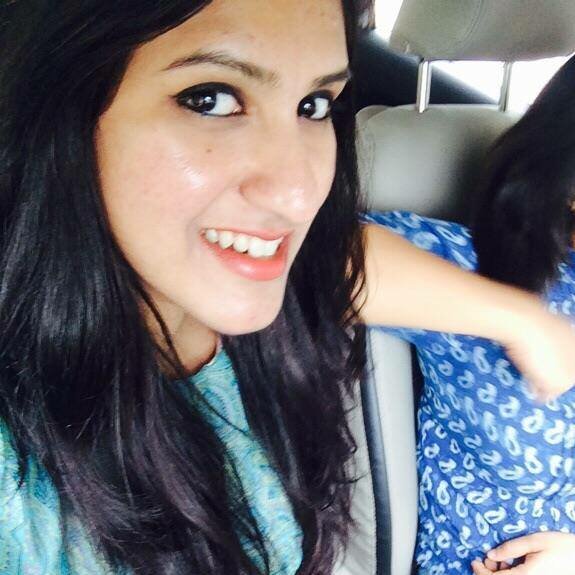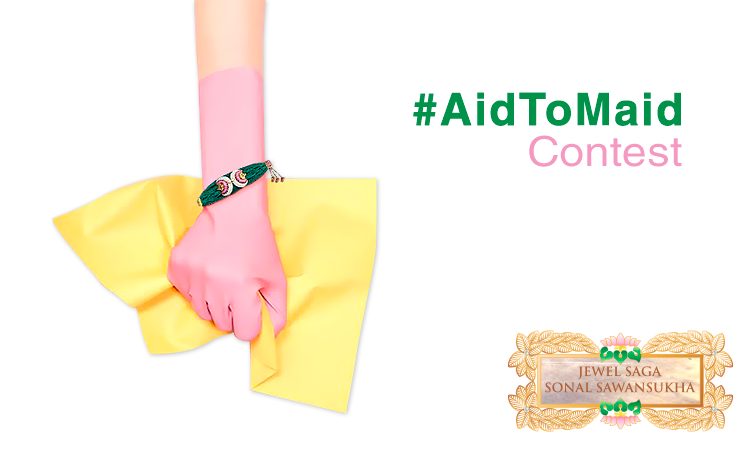
Komal Panwar
Blogger
Did You Know These 6 Facts About The Cervical Cancer Vaccine In India?
- JWB Post
- November 4, 2016
There’ve been amazing movements to promote the awareness of Breast Cancer. But, there are so many areas of health, we still know nothing about.
I’m sure that in the past month, you learned about Breast Cancer, now let me tell you six facts about cervical cancer vaccine and its availability in India.
1.Cervical cancer, mainly caused by Human Papillomavirus infection, is one of the leading cancers in Indian women. Cervical cancer kills roughly 67,477 Indian women annually. The two HPV vaccines currently available in India are bivalent (Cervarix, Rs 2190 per dose) and quadrivalent (Gardasil, Rs 3000 per dose.) The Nonavalent, which is considered to be the most effective in the West, is extremely expensive and currently not available in India as it is still not approved by Drug Controller General of India (DCGI).
“The currently available bivalent (protection against two types of HPV) and quadrivalent vaccines (offer protection against four types of HPV) 70% of the carcinogenic HPV types, while the nonavalent vaccine protects against 90% of them,” says Prof. Surendra S. Shastri, former Head of Department of Preventive Oncology at Tata Memorial Centre.
2. Of more than 100 HPV types, about 15 are found to be high risk. HPV types 16 and 18 are responsible for 82%of cervical cancers in India.
The World Health Organization recommends the vaccine for all girls between 9 and 13 years because the vaccine is highly immunogenic at this age. Only two doses of the vaccine administered at a 6 to 12-month interval are enough to protect girls under 15 years of age. Girls/women 15 years of age and older, as well as those who are immuno-compromised, e.g., living with HIV, require three doses.
Ravi Mehrotra, Director of the National Institute of Cancer Prevention and Research, says that data from countries which have adopted the vaccine doesn’t support the need for a booster dose.
3. Women up to the age of 26 can take the vaccine. For women over this age, obtaining the vaccination is an expensive decision simply because the immune reaction to the vaccine will not be strong. “Several studies show that women up to the age of 26can take the vaccination, as the immune reaction is strong till this age. However, if you are a sexually active woman, who has already been exposed to the streaks of virus that the vaccine targets, then it won’t help you even if you are under 26 years of age,” says Ravi Mehrotra.
Suneeta Krishnan, Director, Research Triangle Institute Global India, reasons that even though the vaccine is licensed to be given till 45 years, she wouldn’t recommend it for older women as they might have been already exposed to the virus. “There is no point of administering the vaccine for older women, especially if they have been sexually active, as they might have already been exposed to the virus,” she said.
4.The HPV Vaccine is safe and does not cause side effects. Studies of post-HPV vaccination patients have shown no increase in chronic diseases, autoimmune disorders or neurological disorders. More than 200 million vaccinations have been administered in over 80 countries to date, with no data supporting serious long-term side effects.
5. The vaccine has not been linked to infertility. “The recently published results of a study from India that administered approximately 35,000 doses in girls 10-18 years of age with a 4-year follow-up reported no serious adverse events attributable to the HPV vaccine,” she adds. Health professionals don’t believe there is any link between infertility and use of the vaccine.
6.Don’t look for the vaccine at government hospitals. Most state hospitals don’t currently stock the HPV vaccine, so if you want to get vaccinated you’re better off visiting a private hospital or a gynecologist’s clinic. In some cases, clinics will only order in the vaccine if you call and make an appointment, so check ahead of time.
Having confirmed the science behind the efficacy of the vaccine, the current open market prices are prohibitively expensive for low-resource countries, including India. International aid agencies like GAVI are procuring vaccines at highly subsidized prices for low resource countries and India could consider taking advantage of that.
The Future of the Vaccine in India
As the Indian government is considering offering the cervical cancer vaccine to all female children as part of its national immunization plan, public health activists point out several blind spots.
“[The] vaccine is only part of the solution, and one should not fall into the trap that if we use the vaccine, our burden will be ameliorated. Any vaccine will cover only [a] specific number of streaks of [the] virus and it can be caused by other factors as well as other streaks. Further, there is a culture of silence when it comes to cervical cancer in India. What can we do now to prevent cervical cancer deaths is improve access to screening and awareness/education programmes,” says Anant Bhan, researcher, Global Health and Bioethics.
HPV Vaccines are not new; they have been available since 2006. Ravi Mehrotra, Director of the National Institute of Cancer Prevention and Research, believes that the efficacy of the vaccine is proven by the fact that more than 65 countries have adopted it as part of their health programmes.
Also, there is no link between poor hygiene and HPV or cervical cancer. Krishnan says that there is no evidence that improving sanitation and hygiene will reduce cervical cancer incidence. “Even in countries such as the US, UK, and Australia, where the population has access to sanitation and hygienic conditions, cervical cancer is controlled through HPV vaccination and regular screening.”
Shankar Prinja, Associate Professor, Post Graduate Institute of Medical Education and Research (PGIMER), Punjab, who has been commissioned to do a cost-effectiveness study of the vaccine for Punjab, points out that out that for every 280 girls immunized, one case of cervical cancer can be saved. “The cost of the vaccination will be roughly Rs 900 per girl if the government rolls it out through a mass programme,” concludes Prinja.
- 0
- 0






